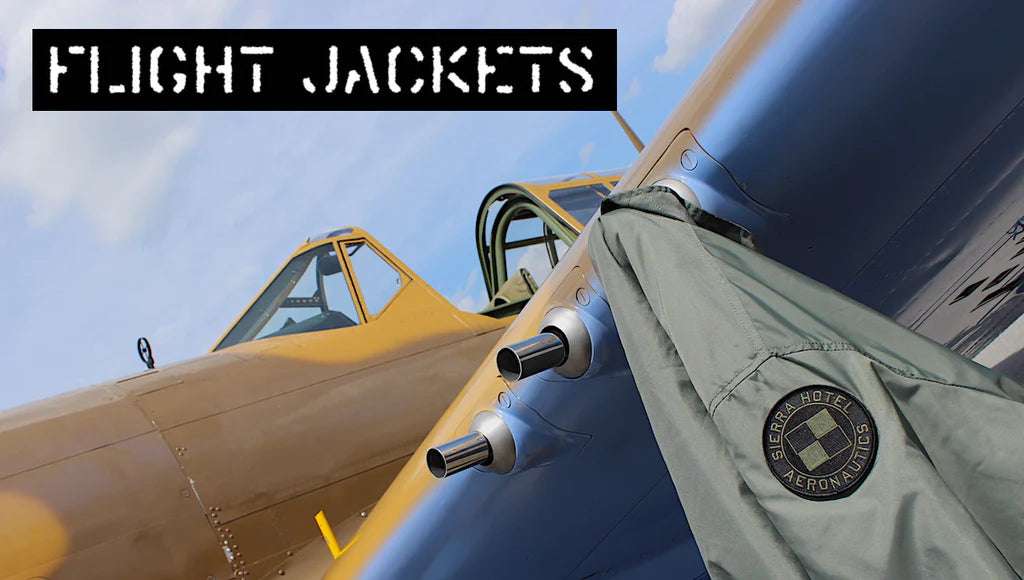Crash of The Valkyrie

Seconds after this image was taken, the unimaginable occurred...
Perhaps one of the most visually impressive aircraft to ever take to the skies, the North American Aviation XB-70 Valkyrie was the prototype version of the proposed B-70 nuclear-armed deep-penetration strategic bomber for the United States Air Force Strategic Air Command. Designed by North American Aviation in the late 1950s, the Valkyrie was a large six-engined aircraft able to fly Mach 3+ at an altitude of 70,000 feet
This amazing image was taken on June 8th, 1966. The photo features XB-70A No. 2 in close formation with four other aircraft (an F-4, F-5, T-38, and F-104) for a photo shoot at the behest of General Electric, manufacturer of the engines of all five aircraft.
Moments after this picture was taken, two aircraft and two crew members were lost in a horrific twist of events in what should have been nothing more than a short promotional formation flight.

Shortly after the completion of the photo shoot , the F-104 flown by Chief NASA test pilot, Joe Walker drifted into contact with the XB-70's right-wing, flipped over and rolled inverted over the top of the Valkyrie, striking the vertical stabilizers and left wing of the bomber. The F-104 exploded after destroying the Valkyrie's rudders and damaging its left wing.

As the F-104 fell away engulfed in flames, The tailless XB-70 silently continued on for a few short moments, their crew unaware of the fatal and unrecoverable damage their aircraft had just sustained.

With the loss of both rudders and extensive damage to the wings, the Valkyrie slowly entered an uncontrollable spin...

The Valkyrie impacted the desert floor north of Barstow, California. Carl Cross (XB-70 co-pilot) was killed while Al White (XB-70 pilot) ejected, sustaining serious injuries, including one arm crushed by the closing clamshell-like escape capsule moments prior to ejection.

The USAF summary report of the accident investigation stated that, given the position of the F-104 relative to the XB-70, the F-104 pilot would not have been able to see the XB-70's wing, except by uncomfortably looking back over his left shoulder. The report said that Walker, piloting the F-104, likely maintained his position by looking at the fuselage of the XB-70, forward of his position. The F-104 was estimated to be 70 ft (21 m) to the side of, and 10 ft (3 m) below, the fuselage of the XB-70. The report concluded that from that position, without appropriate sight cues, Walker was unable to properly perceive his motion relative to the Valkyrie, leading to his aircraft drifting into contact with the XB-70's wing. The accident investigation also pointed to the wake vortex off the XB-70's right wingtip as the reason for the F-104's sudden roll over and into the bomber.














What a gigantic bird. https://youtu.be/doYEIVapNtA I’ve seen the last one at the Air Force museum in Dayton, OH.
As normal, and in every day life, it’s easy to look back in hind sight
Leave a comment